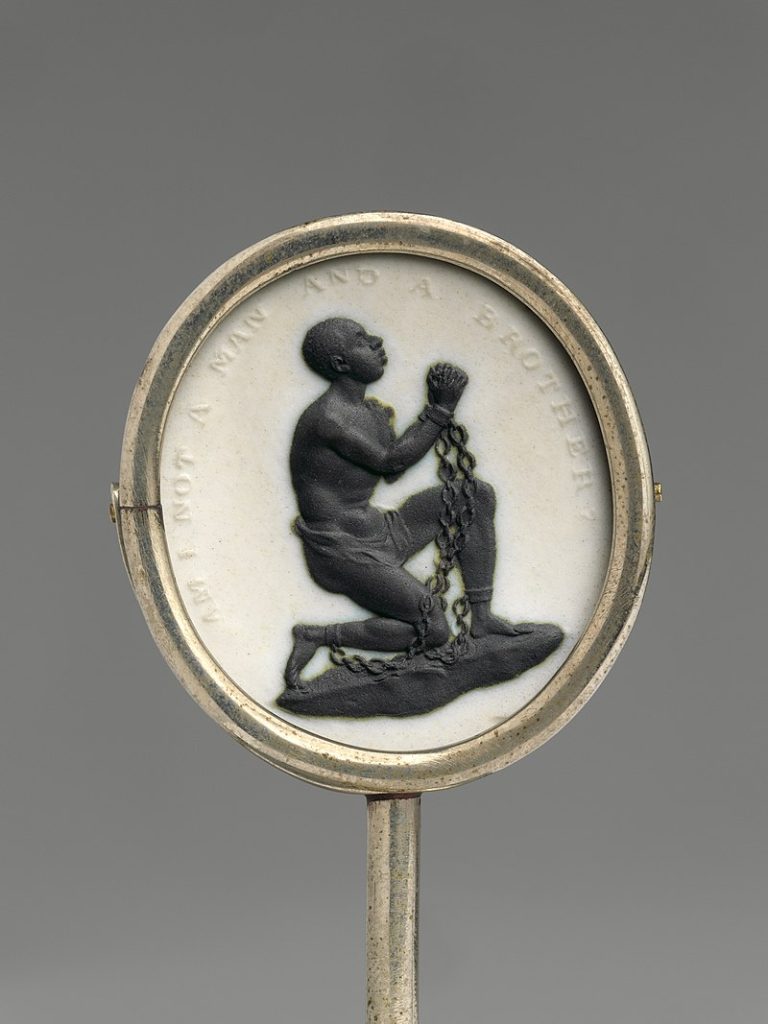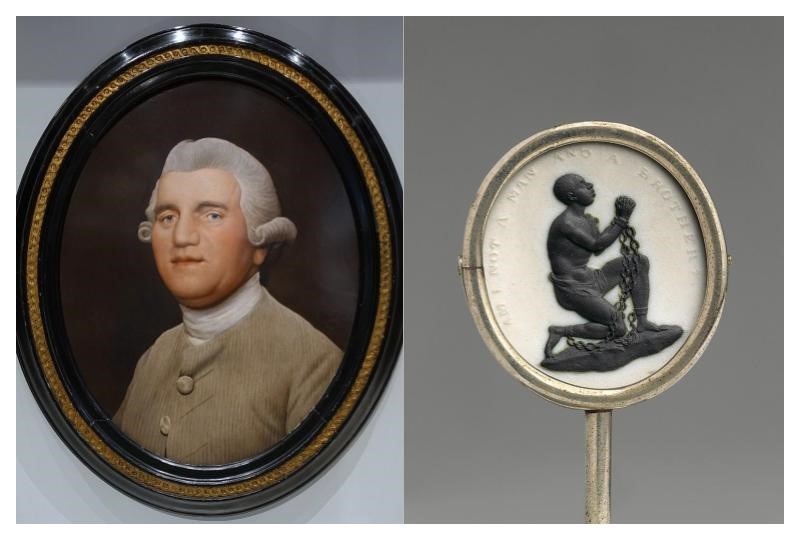English potter and businessman Josiah Wedgwood (1730–1795) is most remembered for establishing the Wedgwood Company, a hugely popular and significant ceramics company. He is frequently referred to as the “Father of English Potters” because of his considerable contribution to the growth of the pottery industry during the Industrial Revolution.
At an early age, Wedgwood began working in the family ceramic business. He encountered many obstacles and disappointments but always enjoyed trying new clays and glazes. Wedgwood’s dedication to experimentation and innovation in creating ceramics was one of his significant contributions. He made the first trustworthy creamware and Queen’s ware, among other ceramic techniques he developed and refined.
Josiah Wedgwood vigorously advocated for the outlawing of the slave trade. The well-known “Am I Not a Man and a Brother?” medallion, which has become a symbol of the abolitionist struggle, was made by him. Wedgwood left behind a legacy that endures. He made significant contributions to the pottery business that had a long-lasting effect on the advancement of English ceramics, and the Wedgwood Company kept growing and changing.
Am I Not a Man and a Brother?
Among his significant contributions to the abolitionist struggle is the anti-slavery medallion that Josiah Wedgwood created. The medal’s striking motto, “Am I Not a Man and a Brother?” was shown next to a picture of a kneeling African man bound in chains as an enslaved person. The artwork sought to arouse empathy and compassion, imploring viewers to acknowledge all people’s humanity, irrespective of their background or social standing.
Made in the second half of the eighteenth century, in 1787, the medallion gained notoriety as a symbol of the movement to outlaw the transatlantic slave trade. Josiah Wedgwood was an ardent abolitionist who used his standing as a reputable merchant to advance the cause. Due to its extensive reproduction and distribution, the medallion became a symbol of the abolitionist cause in both the United States and Great Britain.

Thomas Clarkson, a well-known abolitionist, and Wedgwood collaborated to design the medallion. The medal’s picture of the chained man came to symbolise the brutality of slavery and to increase public awareness of the need to put a stop to the slave trade. Wedgwood’s involvement in the abolitionist movement was evidence of his commitment to social justice and his belief that businesses might positively influence the world. The “Am I Not a Man and a Brother?” medallion, a noteworthy historical artefact, honours the individuals and groups devoted to ending the transatlantic slave trade.
Significance of Am I Not a Man and a Brother?
Josiah Wedgwood’s anti-slavery medallion significantly influenced American protest art, particularly in the 18th and 19th centuries, as the abolitionist movement gained momentum. The medal, which read “Am I Not a Man and a Brother?” and featured an enslaved African man in shackles, became well-known outside its original British context and significantly impacted American culture.
The medallion served as a powerful visual aid for the abolitionist cause. Its portrayal of a guy who is tied and kneeling serves as a potent example of the cruelty of slavery. There was a contentious debate about slavery, and the medallion served as a focal point for abolitionists and a visible protest against the American institution of slavery.
The medallion’s design was widely copied and altered for various purposes. It was evident in prints, ceramics, textiles, and other items. Abolitionist iconography gained popularity and was extensively circulated, affecting public opinion and strengthening support for the movement. Because it provided activists and artists with a template for their anti-slavery artwork, the medallion impacted the visual culture of the time. Slavery’s impact is seen in the paintings, prints, and other artworks that aimed to highlight the inhumanity of slavery and encourage its abolition.
The medallion image was commonly used in abolitionist pamphlets, broadsides, and newspapers. It served as a rallying cry and call to action, reminding audiences of the necessity of outlawing slavery and the inherent humanity of all people. Much like Britain, the design was used in several American consumer goods. The abolitionist message was incorporated into everyday items, bringing it into people’s homes and daily lives and serving as a constant reminder of the struggle against slavery.
The medallion provoked debates and discussions about the ethics of slavery. People were forced to consider the principles of justice and equality as well as the human cost of the slave trade when they saw it in public spaces and on various objects.
Cultural Significance of Norman Rockwell’s ‘Freedom From Want’ and the American Ideal of Abundance






